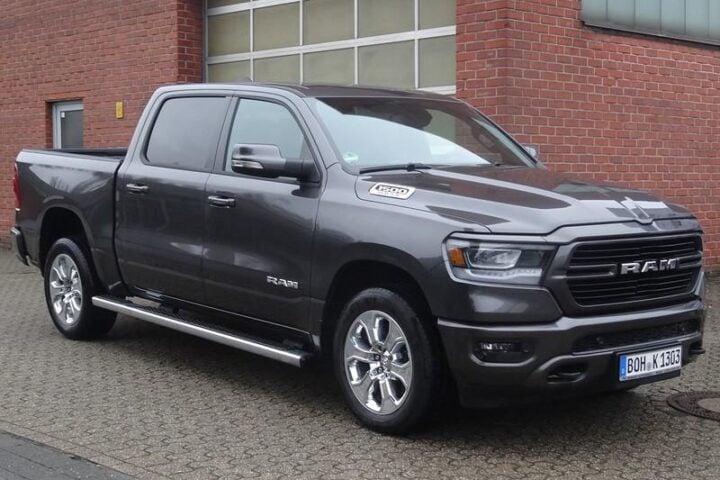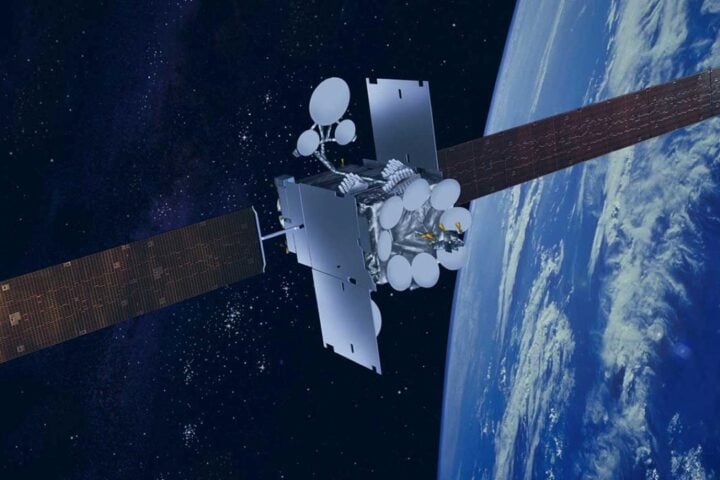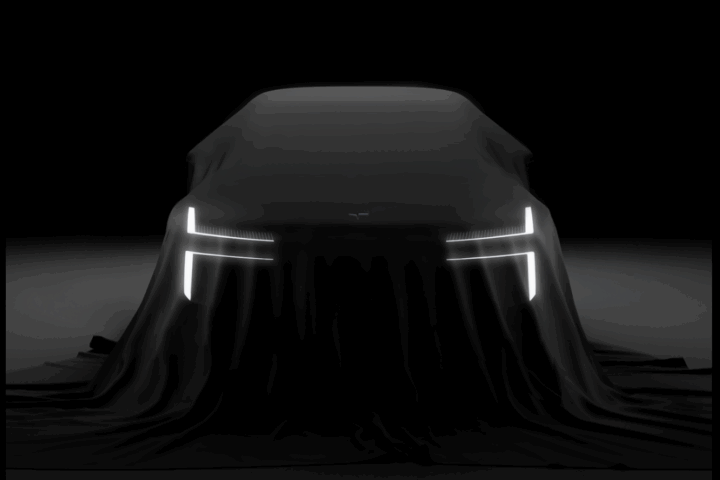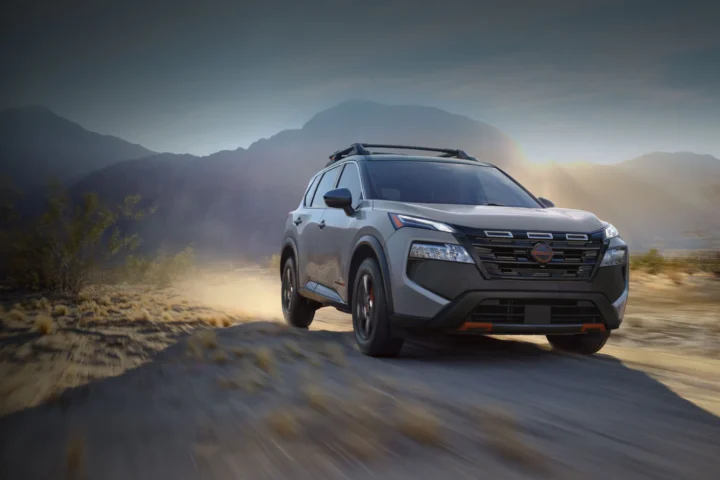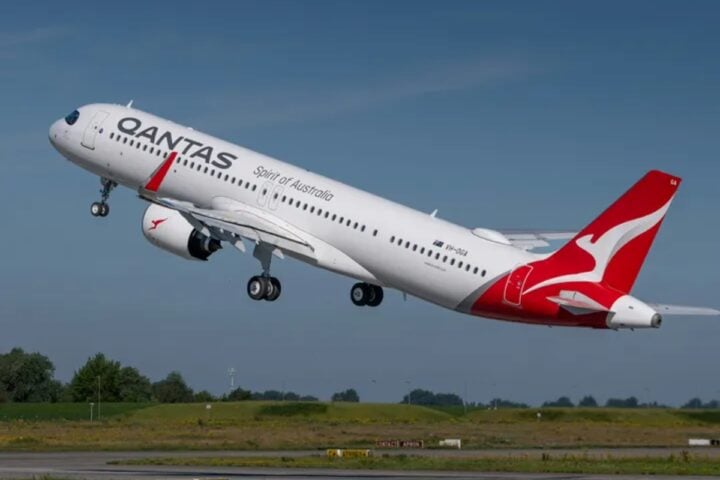The global space economy has witnessed a meteoric rise, with its valuation reaching a staggering $546 billion in 2023. In the last twenty years, private companies entering space exploration missions have reshaped the industry. Firms like SpaceX, Blue Origin, and Arianespace have led this change by cutting costs and boosting efficiency. The global space economy’s growth from $505 billion in 2021 to $546 billion in 2023, showcases the industry’s robust health and potential. As we venture deeper into space, the universe offers endless opportunities, promising a future where the sky is not the limit.
India, with its ambitious space endeavors, contributes approximately 2% to this burgeoning space market. Historically, India’s private space sector played a supporting role, primarily serving as vendors for government-led space missions. However, recent policy reforms in India aim to elevate its position in the global space market by fostering private sector participation. The objective is clear: leverage the talent and entrepreneurial spirit of India’s youth to establish the country as a major player in space exploration. Projections suggest that by 2025, India’s share in the global space market could reach USD 50 billion. Furthermore, India has set an audacious target to capture 9% of the global space market by 2030.
SpaceX, with its pioneering initiatives, has disrupted the space industry, with its Starship slated for its maiden flight in 2023. Beyond mere launches, SpaceX envisions a future where space travel and colonization become tangible realities. The introduction of SpaceX’s Starship is anticipated to revolutionize space exploration and travel. SpaceX, a pioneer in commercial spaceflight, offers a competitive pricing model with its Falcon 9 rideshare missions starting at $1 million for payloads weighing up to 200 kg. The company’s Starship, once operational, promises to revolutionize space travel with its ambitious goal of carrying large payloads and reducing costs further.
ISRO, India’s space agency, stands out for its affordable satellite launches, attracting many countries. Though ISRO’s exact prices are not public, it’s believed that a satellite launch with their PSLV costs about US$12 million. The Geosynchronous Satellite Launch Vehicle (GSLV), ISRO’s more powerful rocket, reportedly costs around US$20 million for satellite launches. The versatility of ISRO’s PSLV, capable of launching satellites into various orbits, has been a significant factor in its global appeal. Speculations around ISRO’s foray into space tourism suggest that its pricing will be competitive, potentially opening a new frontier for space enthusiasts.
Both SpaceX and ISRO have been instrumental in democratizing space, offering affordable solutions to countries and companies that previously found space missions out of reach. The commercial arm of ISRO, National Space India Limited (NSIL), can provide more detailed pricing information upon request. As the space industry evolves, the competition between agencies like SpaceX and ISRO is expected to drive prices down, making space more accessible. As both agencies continue to innovate, the global space community eagerly awaits potential collaborations that could merge SpaceX’s technological advancements with ISRO’s cost-effective approach. The future of space exploration and commercialization hinges on the balance of affordability and innovation, with SpaceX and ISRO leading the charge.
ISRO’s Chandrayaan missions have garnered international attention for their cost-effectiveness. The Chandrayaan-3 mission costs about $75 million, which is quite affordable compared to other space missions. The earlier Chandrayaan-2 mission had a budget of around $80 million. These figures are astonishing when one considers the complexity and challenges involved in lunar exploration. ISRO has managed to keep costs low through various strategies, including frugal engineering, indigenously developed technology, and a focus on achieving maximum results with minimal expenditure.
In stark contrast, NASA’s Mars missions come with a much heftier price tag.The Mars Exploration Rover mission, with the Spirit and Opportunity rovers, cost $1.08 billion. The 2021 Perseverance rover mission on Mars had a higher budget of $2.7 billion, highlighting the expenses of advanced technology and research. NASA’s budgets also include costs for extensive testing, high redundancy levels, and collaborations with other organizations and countries. Furthermore, the Artemis program, aimed at establishing a sustainable human presence on the Moon, is projected to cost around $93 billion by 2025. A preliminary estimate for NASA’s first Mars mission in 2035 is a jaw-dropping $230 billion.
ISRO’s missions are cost-effective, focusing on high impact with fewer resources, leading to significant achievements at lower costs. In contrast, NASA’s larger budget allows for more advanced and ambitious space missions.
Similar Post
NASA evidently leads in space exploration and often partners with private companies to expand possibilities. Similarly, the European Space Agency (ESA) collaborates with nations and private groups to further space research. The space industry’s scope extends beyond exploration, encompassing global connectivity, environmental monitoring, and cosmic research. The increasing number of satellites being launched annually underscores the growing dependence on space technologies. Over the past decade, the global space economy has expanded by a whopping $260 billion (91%).
The prospects of space mining are also gaining momentum, with asteroids like Davida believed to contain minerals worth quintillions of USD. The potential revenue from mining asteroids, such as Anteros, is estimated to be in the billions. Public perception plays a significant role, with a large segment of U.S. adults advocating for the U.S. to lead in space exploration. Many prioritize the use of space technology for Earth’s climate monitoring. However, manned moon missions aren’t perceived with the same urgency, indicating evolving priorities in space exploration. The essence of the space industry lies not just in reaching new frontiers but in enhancing our understanding of Earth.





